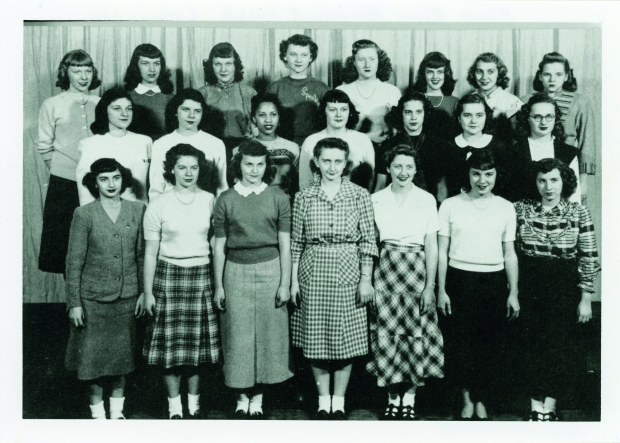
Normally when I am asked to take part in a blog tour, my instant response is ‘no’, largely because I am terrible at remembering when I am supposed to be doing things at the best of times, but also because I usually don’t feel particularly passionate about the book being promoted. I would feel incredibly dishonest raving about something that I wasn’t convinced the people who read this blog and enjoy reading what I enjoy reading would like. However, in this case, I was delighted to make an exception and take part, because I love the concept, I love the book itself, and I genuinely believe that all lovers of literature will want this on their shelves.
Literary Landscapes: Charting the World of Classic Literature explores the real-life landscapes featured in favourite classic novels from across the world, looking at their meaning and significance to the novel as well as to the reader and the author themselves. It’s lavishly illustrated with paintings and photographs and ranges from nineteenth century fiction such as Jane Austen’s Persuasion and Lucy Maud Montgomery’s Anne of Green Gables to contemporary novels with a profound sense of place, such as Carlos Ruiz Zafon’s The Shadow of the Wind. Each novel chosen to be featured comes with an accessible, scholarly written essay about the book’s setting and its significance, along with a variety of maps, paintings and photographs that are so beautiful and fun to look at. Making links to contemporary concerns, literary movements, the author’s own life and the impact on readers, each essay offers a short and sweet tour of the novel’s setting that allows even the most sophisticated of reader to learn something new and place their favourite books within a wider literary landscape. While some of the books featured are very familiar to me, and I fully understand and appreciate the significance of their setting already, there were many in the book, particularly ones set in foreign countries, or by more contemporary authors, which were more of a revelation to me.

I’ve never been a huge fan of Toni Morrison, for example, but reading more about her choice of setting for The Bluest Eye, and seeing a photograph of her in high school, suddenly allowed me to make a connection that wasn’t there before:
“The Bluest Eye is set among the working-class African-American community just after the Great Depression, in the author’s home town of Lorain, Ohio, during the early 1940s. The then small, industrialized town, now a small city, is situated at the mouth of Lake Erie and later became part of what is now known as America’s Rust Belt.
The main theme of this short, melancholic book is of the self-hatred engendered by racism, with whiteness, and blond hair and blue eyes in particular, setting the standard for accepted beauty. Eleven-year-old Pecola Breedlove believes – and is encouraged to believe – that because she is black she is ugly, and therefore cannot be beautiful, or loved – and indeed, her life is one of violence and disaster …
Toni Morrison was born in Lorain at 2245 Elyria Avenue, a two-storey frame house with a backyard full of weeds, very close to Lake Erie. Morrison used this house as a setting in The Bluest Eye, as well as a rundown store downtown, which became, in the novel, the home of the Breedlove family. ‘There is an abandoned store on the southeast corner of Broadway and Thirty-fifth Street in Lorain, Ohio’, she wrote. ‘It does not recede into its background of leaden sky, nor harmonize with the gray frame houses and black telephone poles around it. Rather, it foists itself on the eye of the passerby in a manner that is both irritating and melancholy.’”
From exploring the real-life territory of Hardy’s Wessex to following in the footsteps of Eleanor Catton’s neo-Victorian protagonists in gold-rush New Zealand in her 2013 novel The Luminaries (far more interesting to read about than read, in my opinion!), this book is one of those that provides endless interest and fascination, and is a wonderful way to pass a quiet Sunday afternoon on the sofa. I know I’ll also be using it in the classroom, as a way of helping to bring the classic novels I study with my students alive, and I can’t recommend it highly enough. If you’d like a copy of your own, and are on twitter, then you can win one, closing date 31st October – all you need to do is follow @modernbooks and tweet your own favourite #LiteraryLandscape for a chance to win.
Literary Landscapes is published by Modern Books and is released on the 25th of October.
I saw this book at my favourite bookshop in Hobart and couldn’t bring it home fast enough. A lovely book. I am enjoying it very much.🤠🐧